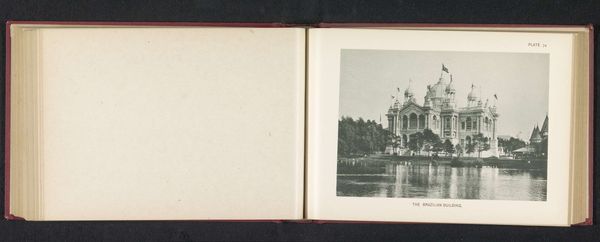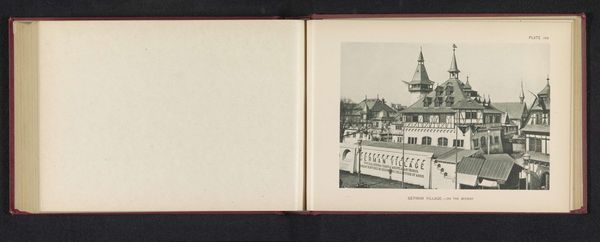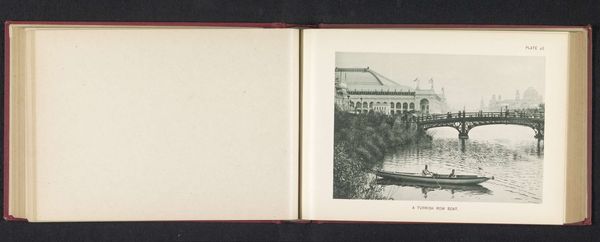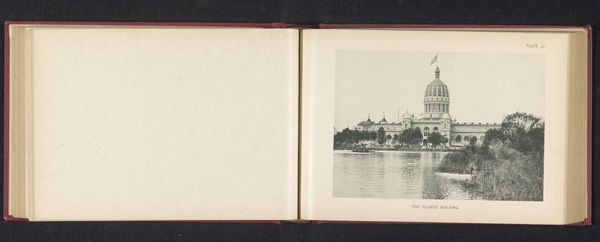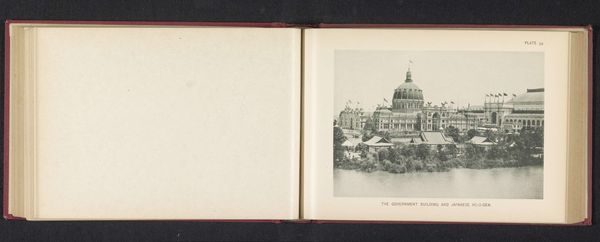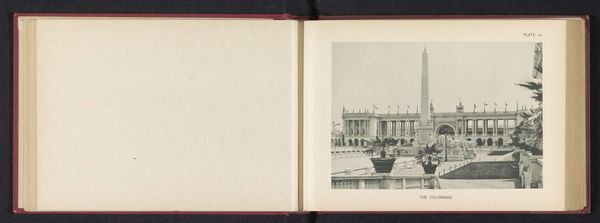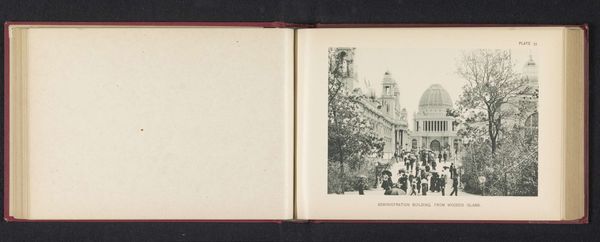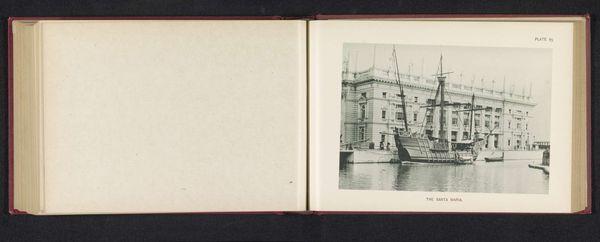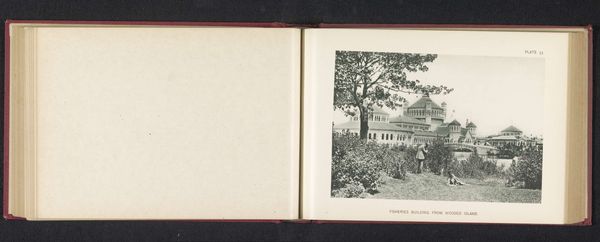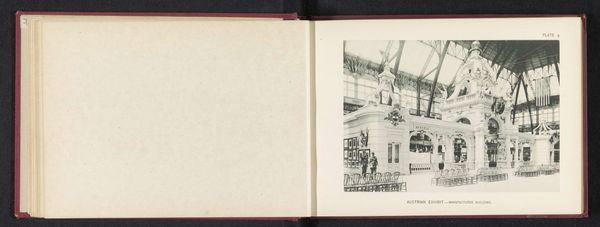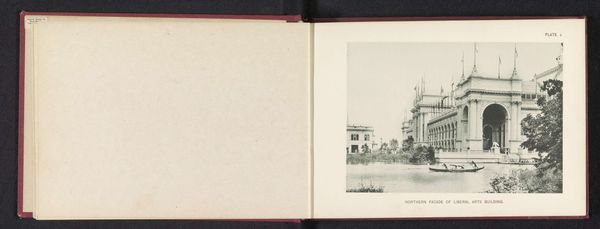
Gebouw van Guatemala op de World's Columbian Exposition in Chicago in 1893 1893
0:00
0:00
#
aged paper
#
script typography
#
ink paper printed
#
hand drawn type
#
personal sketchbook
#
hand-drawn typeface
#
fading type
#
thick font
#
sketchbook art
#
historical font
Dimensions: height 133 mm, width 190 mm
Copyright: Rijks Museum: Open Domain
Editor: Here we have "Gebouw van Guatemala op de World's Columbian Exposition in Chicago in 1893" by Charles Dudley Arnold, dating back to 1893. It appears to be a photograph within a sketchbook. It evokes a sense of faded grandeur, a relic of a bygone era. What do you see in this piece, particularly considering its historical context? Curator: What strikes me is the architecture representing Guatemala at this World's Fair. The fair itself was a carefully constructed narrative of progress, but who benefitted, and at whose expense? Consider Guatemala's history; this building isn't just an aesthetic display, it's a symbol of a nation, presented within a context of American ambition and influence. How do you think the depiction of the "Gebouw van Guatemala" plays into the power dynamics of the time? Editor: I guess I hadn’t considered the potential imbalances inherent in displaying a nation’s architecture within an event largely orchestrated by another nation. The building almost becomes a representation or performance. Curator: Exactly. This photograph, seemingly innocuous, invites us to consider the complexities of cultural representation and the inherent biases in historical narratives. We need to ask: who controlled the lens, both literally and figuratively? It compels us to interrogate the ways in which nations present themselves on a global stage. Editor: That’s really made me rethink my initial interpretation. What seemed like simple documentation now speaks to much larger political and social questions. Curator: It shows how historical images can become more poignant as time goes by, capturing their original message and the evolving world's reaction to it. We need to constantly consider whose voices are amplified and whose are marginalized in these displays of global exchange.
Comments
No comments
Be the first to comment and join the conversation on the ultimate creative platform.
